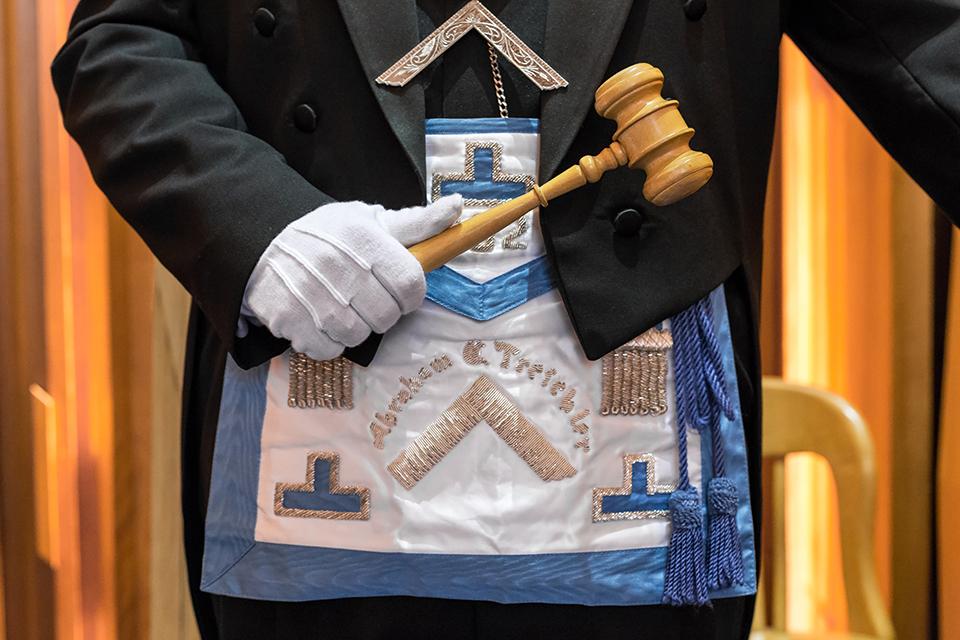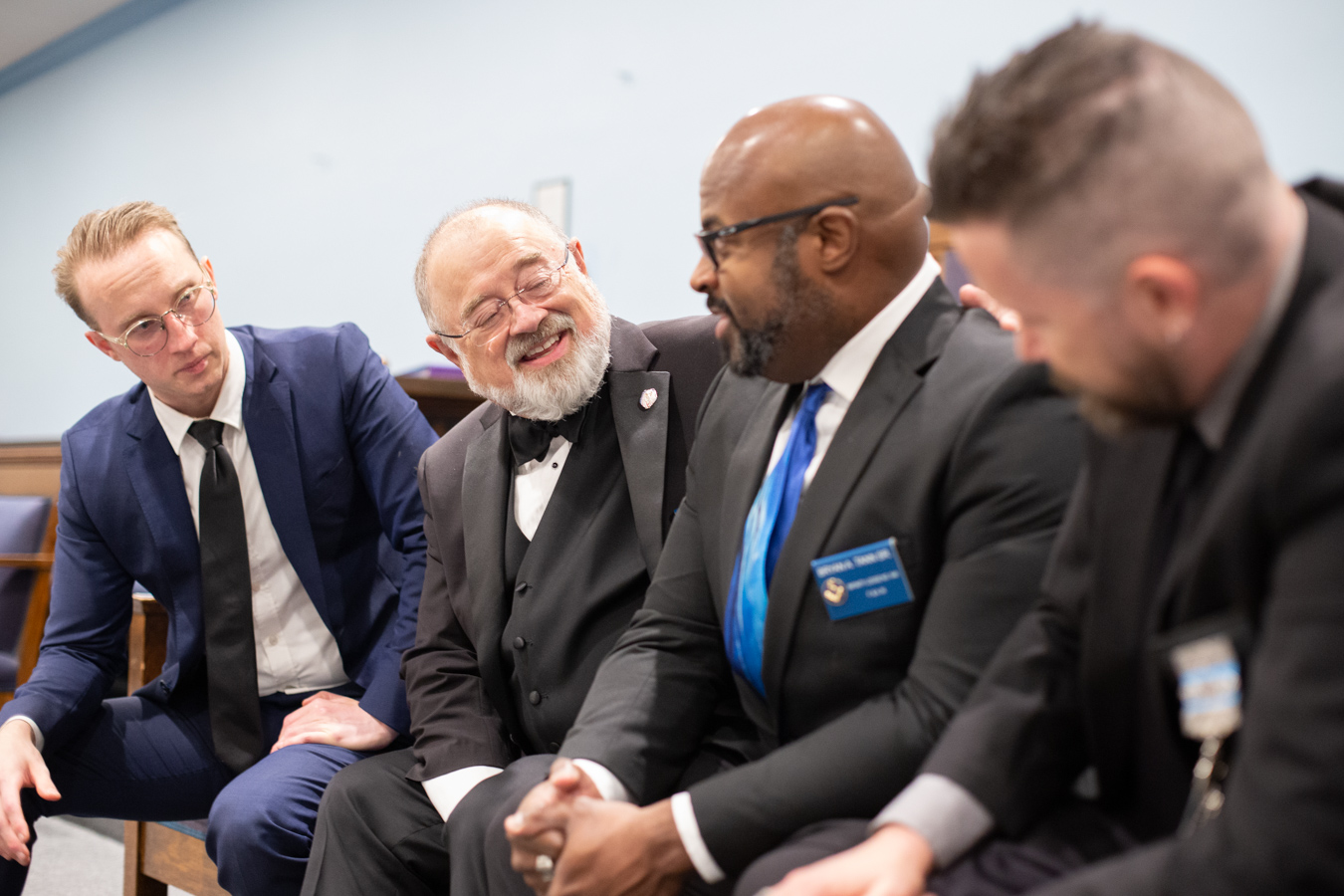Checking Out the Mysteries of the Freemason: What You Required to Know
The Freemason, a term often shrouded in intrigue and debate, stands for an intricate tapestry of historical truth and contemporary myth. Established in the late 18th century, this secret society was initially rooted in the Knowledge's perfects yet has actually considering that ended up being associated with conspiracy theories about elite control. As we browse the beginnings, crucial figures, and the stark comparison in between misconception and truth, one should consider just how these stories influence contemporary assumptions of power and secrecy. What might be disclosed via a better evaluation of these components might challenge long-held presumptions concerning the shadows that stick around in our society.
Origins of the Freemason
The origins of the Freemason are soaked in a mix of historic intrigue and ideological fervor. Established in 1776 in Ingolstadt, Bavaria, by Adam Weishaupt, the team was originally created as a secret culture focused on promoting Knowledge ideals such as factor, secularism, and the splitting up of church and state. Weishaupt, a teacher of canon regulation, sought to challenge the dominating authority of the church and state, which he considered as overbearing institutions stifling intellectual and individual flexibility.
The Freemason sought to hire prominent participants from numerous societal sectors, including politics, academia, and the arts, to foster a network committed to these Enlightenment principles. The society run under a veil of privacy, employing coded language and routines to protect its members from mistreatment, particularly provided the repressive climate of the time. However, the Freemason dealt with substantial opposition from both governmental authorities and spiritual establishments, which saw the group as a hazard to their power.
Trick Figures and Members
Who were the crucial figures that formed the Freemason's very early influence and direction? The Bavarian Freemason, established in 1776 by Adam Weishaupt, became a response to the oppressive social frameworks of the time. how to become a freemason. Weishaupt, a regulation teacher, imagined the organization as a way to promote Knowledge suitables such as reason, secularism, and equal rights. His first employment efforts consisted of prominent intellectuals, such as Baron von Knigge, who played a crucial duty in broadening the team's membership and organizational framework.
Another substantial number was Johann Gottlieb Fichte, a popular thinker whose ideas on nationalism and education and learning resonated with the Freemason's objectives. Fichte was not a formal participant, his thoughtful foundations affected the team's ideology. Furthermore, figures like the author and philosopher Johann Wolfgang von Goethe were connected with the broader intellectual motions of the moment, although their direct participation with the Freemason remains disputed.
These vital figures contributed to the Freemason's early instructions, pushing the boundaries of political and social thought, while their collective efforts aimed to challenge well established standards and foster a climate of progressive additional resources adjustment in Europe.
Misconceptions vs. Reality
Lots of misconceptions surround the Freemason, commonly blending reality with fiction in a way that obscures its true nature. This secret society, originally established in 1776 in Bavaria, aimed to promote Enlightenment suitables and battle spiritual and political injustice. The notion that the Freemason continues to exert substantial influence over world events is a myth. While the group did exist, it was disbanded in the late 18th century and has not operated as a cohesive entity because then.
Another widespread misconception is that the Freemason makes up a network of elite individuals controling international affairs. In truth, many conspiracy theory concepts exaggerate the group's importance, attributing unfounded objectives to societal trends and occasions. This has caused an oversimplified sight of complicated issues.

Modern Interpretations
Contemporary interpretations of the Freemason often mirror broader social anxieties and an attraction with secrecy and power. This modern lens often associates the Freemason with conspiracy theory concepts that suggest a surprise elite coordinates world occasions, manipulating federal governments and economies for their very own gain. Such stories tap into an ingrained distrust of authority, especially in times of situation or social upheaval.

Furthermore, some contemporary analyses mount the Freemason as an allegory for the complexities of globalization and the interconnectedness of prominent people and companies. This viewpoint urges a crucial evaluation of just how power characteristics run in today's world, highlighting the balance between transparency and secrecy in governance and business techniques.
Cultural Effect and Tradition
Influenced by centuries of intrigue, the social impact and legacy of the Freemason expand far beyond its historical origins. This secret culture, established in the late 18th century, has permeated different facets of pop see it here culture, from literary works and movie to music and art. The concept of the Freemason has evolved into a symbol of conspiracy theories, usually representing a regarded surprise power adjusting international occasions.
In literature, authors like Dan Brown have actually woven the Freemason right into complex stories, exciting viewers with styles of secrecy and power. Movies such as "National Prize" and "The Da Vinci Code" even more perpetuate the appeal of the society, blending reality with fiction to produce engaging stories.
The Freemason's influence likewise extends right into music, with musicians referencing the organization to evoke themes of rebellion and social critique. This representation has contributed to an attraction with the idea of clandestine groups regulating the levers of power, mirroring societal anxiousness regarding authority and openness.
Ultimately, the Freemason's heritage is a complicated tapestry of misconception and truth, forming understandings of secrecy and control in this modern discourse. Its long-lasting presence in society underscores humankind's seasonal pursuit for comprehending hidden realities.
Verdict
The exploration of the Freemason exposes an intricate interaction between historical realities and modern myth-making. Established in the Knowledge era, this culture aimed to test overbearing structures, yet its tradition has actually been outweighed by conspiracy theory concepts that suggest elite adjustment. Recognizing the distinctions in between the initial ideals and contemporary analyses is important for understanding the sustaining fascination with the Freemason and its substantial influence on cultural narratives surrounding power and privacy in society.